8 of the best authentic artisans of Japan
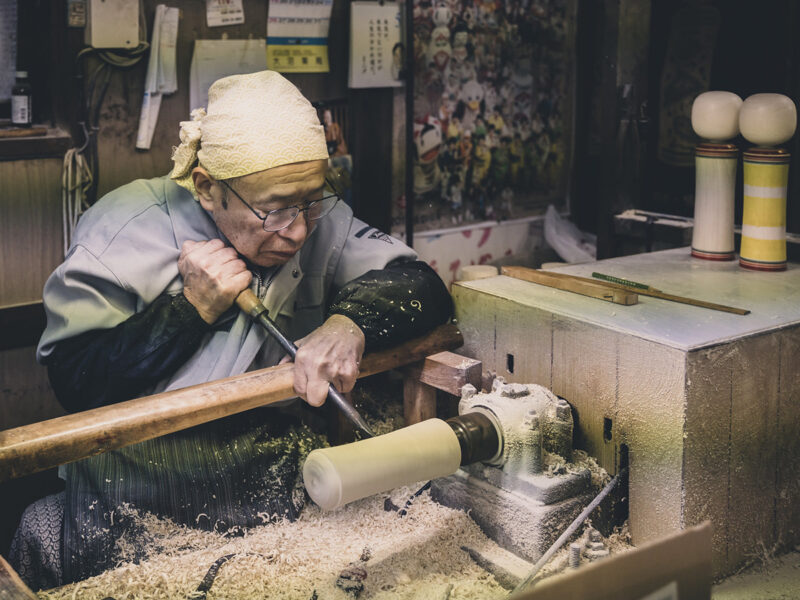
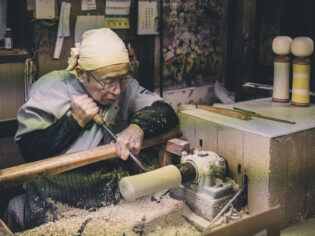
(Image: SNSF Scientific Image Competition)
A trip to Japan isn’t complete without exploring its ancient crafts.
In the shadow of Tokyo’s neon-lit skyscrapers and Osaka’s pulsing arcades, there’s another Japan. It’s a Japan where time seems to move at a different pace, marked by the rhythmic tapping of a master craftsman’s chisel. This is the realm of artisans of Japan — keepers of ancient traditions who’ve dedicated their lives to their craft. People who can tell you the exact moment a sword blade reaches the perfect temperature by its colour alone, or who spend months applying layer after layer of lacquer to create a finish so deep you could drown in it.
But make no mistake — this isn’t some quaint, museum-piece version of Japan. These crafts are very much alive, evolving and adapting even as they stay rooted in centuries-old techniques.
Here are eight must-visit artisans to experience the majesty for yourself — and maybe even take a piece of magic home with you.
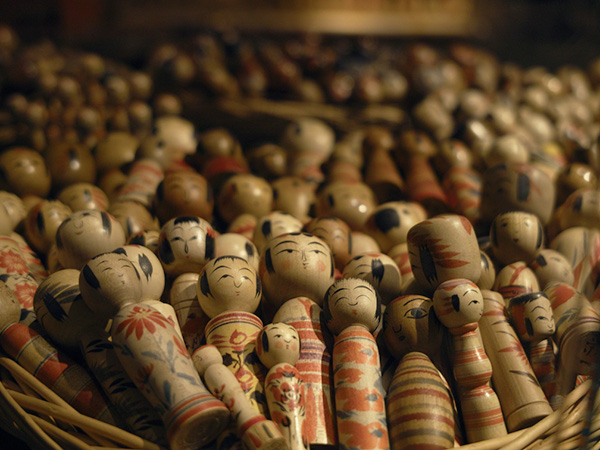
Make Japan’s artisans a must-visit. (Image: 写真家 千葉和広)
1. Swordsmithing in Seki
Seki, in Gifu Prefecture, is where you go when you want to see steel transformed into something deadly and beautiful. It has been a renowned centre of Japanese swordsmithing since the 13th century. Today, it produces half of Japan’s kitchen knives and is home to over 300 blade-making companies. If you want to see master smiths turn hunks of raw metal into blades sharp enough to split a hair lengthwise, this is the place to be.
If you can, time your visit for 2 January each year. That’s when they hold the Uchizome-shiki ceremony, marking the first sword forging of the year. Imagine it: smiths in traditional white garb, hammers pounding, sparks flying. Is there a better way to welcome the new year?
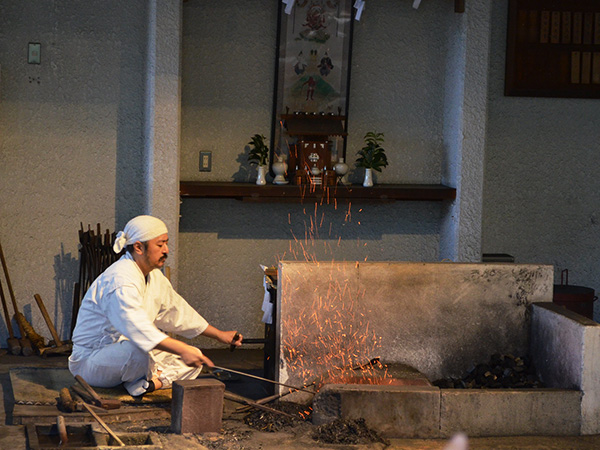
Ring in the New Year by witnessing the art of swordsmithing. (Image: Yuyai Tamai2)
2. Pottery in Arita
Arita, a small town in Saga Prefecture, is to Japanese ceramics what Silicon Valley is to tech. The town has been the heart of Japanese porcelain since the early 17th century, famous for its delicate designs and durability. It played a crucial role in Japan’s export trade during the Edo period.
Visit one of the historic kilns and you’ll find artisans who can probably throw a perfect vase blindfolded. The Arita Porcelain Park even offers hands-on workshops so you can try creating your own piece under expert guidance.
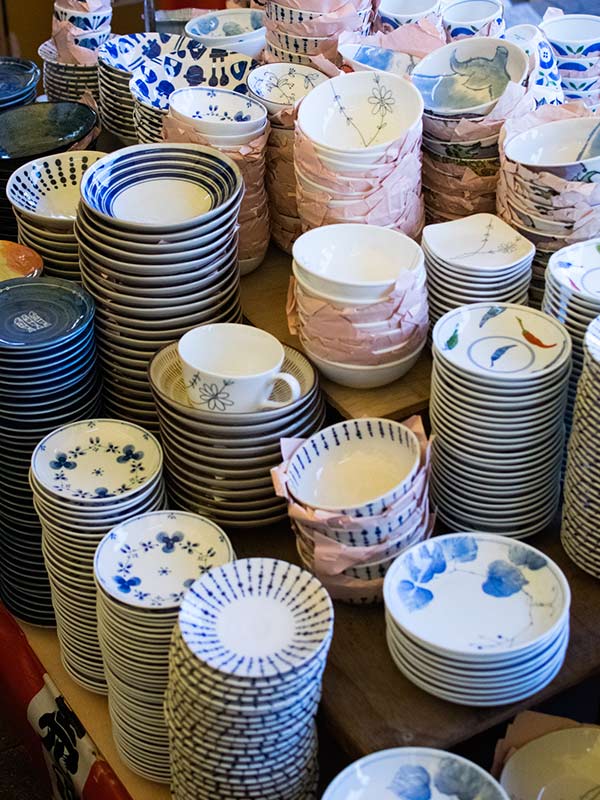
See the exquisite beauty of porcelain pottery. (Image: str_ngi)
3. Japanese denim in Kurashiki
Kurashiki, in Okayama Prefecture, is the birthplace of Japanese denim. The local textile industry (with roots in cotton production dating back to the Edo period) pivoted to denim in the 1960s and now produces some of the world’s most sought-after jeans.
Tour a workshop and you’ll quickly understand why some people are willing to drop a month’s rent on a pair of jeans. The attention to detail is staggering — these artisans probably know more about indigo dyes than most of us know about our own families.
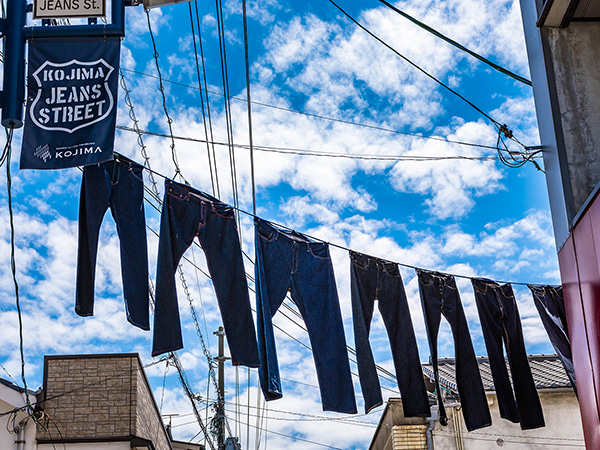
Stroll down Jeans Street. (Image: Hiro_A)
4. Kokoeshi dolls in Zao
Zao, in Miyagi Prefecture, is a hub for kokeshi doll production — a craft that originated in the Tohoku region in the Edo period. These wooden dolls, originally created as children’s toys, are now collected by all with an eye for art.
The town boasts Japan’s largest kokeshi museum, home to over 5500 dolls. Each has its own regional style — a testament to the diversity of Japan’s craft traditions. Watch the artisans at work, their steady hands bringing life to simple pieces of wood. Try painting your own, but be prepared — these little wooden faces have a way of multiplying in your luggage.
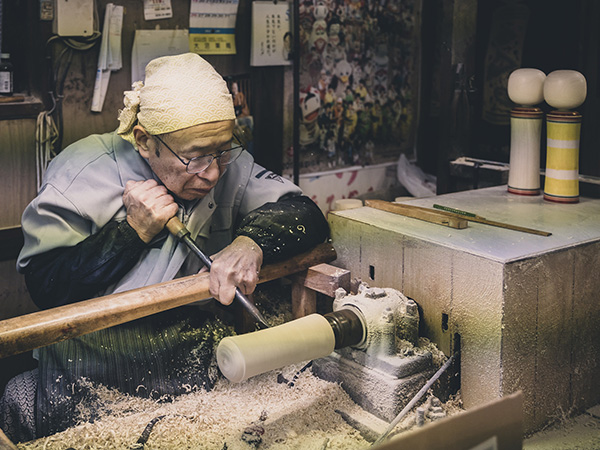
Watch an artisan craft a kokeshi doll. (Image: SNSF Scientific Image Competition)
5. Gold leaf in Kanazawa
Kanazawa, in Ishikawa Prefecture, produces 99 per cent of Japan’s gold leaf. This craft, dating back to the 16th century, is integral to the restoration of many of Japan’s cultural treasures.
At the Kanazawa Yasue Gold Leaf Museum, learn about the painstaking 20-step process of creating gold leaf. For a hands-on experience, visit the Hakuichi Gold Leaf Center, where you can try gold leaf application on various objects. And don’t miss Kanazawa’s famous gold leaf ice cream for a luxurious treat. Go on, you deserve it.
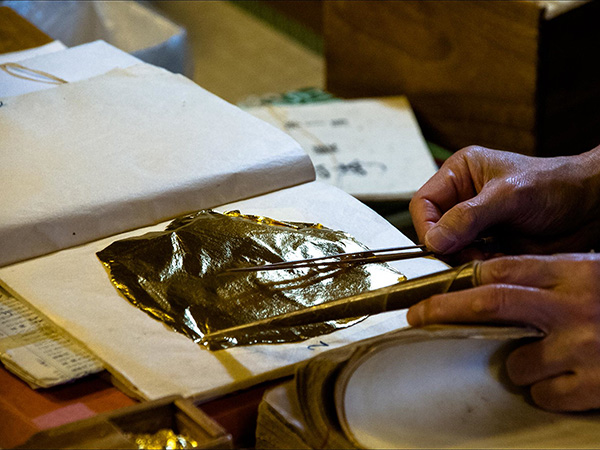
Take part in a workshop and create your very own gold leaf. (Image: David Curtis)
6. Chopsticks in Obama
In Obama, Fukui Prefecture, they take their chopsticks seriously. For half a millennium, artisans here have been crafting lacquered chopsticks that are less utensil, more a work of art.
Step into a local workshop and you’ll find masters who can tell you more about wood grain than you ever thought possible. Watch as they transform simple strips of wood into objects of surprising complexity and beauty. If you’re lucky, they might let you try your hand at decorating a pair.
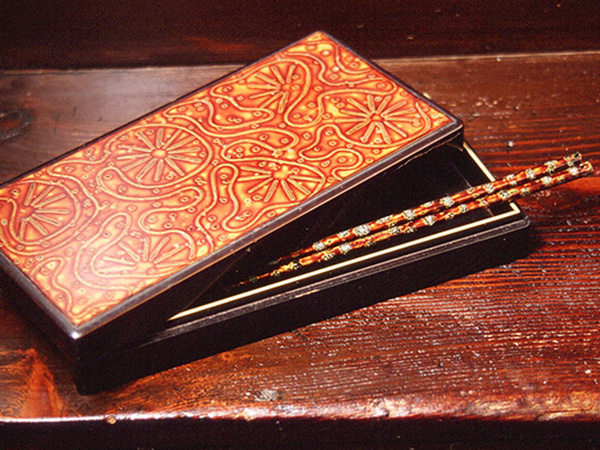
Explore the rich history of chopsticks. (Image: Wakasa Chopstick Museum)
7. Lacquerware in Kiso Hirasawa
Walk down the main street of Nagano Prefecture’s Kiso Hirasawa and you might think you’ve stepped back in time. This town breathes lacquerware — literally. The scent of fresh lacquer wafts from workshops lining the streets.
Watch as artisans apply layer after painstaking layer of lacquer, a process that can take weeks or even months. It’s a lesson in patience that would try the nerves of a Zen master. The results, though, are worth the wait.
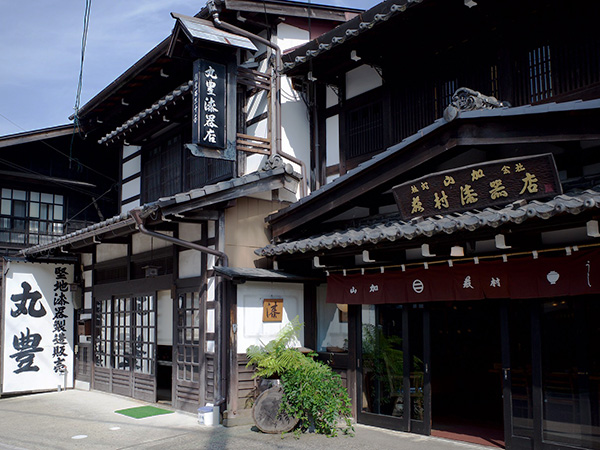
Watch artisans meticulously apply layer after layer of lacquer. (Image: Y Hila)
8. Bonsai in Fukushima City
Fukushima City is home to Bonsai Abe, a third-generation nursery specialising in Azuma Goyomatsu (five-needle pine) bonsai. This variety, native to the nearby Azuma Mountains, is prized for its ability to withstand harsh winters.
Book a workshop and give pruning a whirl under expert guidance. It’s an experience not to be missed. These artisans don’t just shape trees; they shape time itself, creating a testament to ancient forests in miniature. For a deeper experience, join one of their residential workshops including trips to see wild Azuma Goyomatsu in their natural habitat.
In each of these places, you’ll find more than just beautiful objects. You’ll find a dedication to craft that borders on obsession. A reverence for tradition that somehow coexists with innovation. And a depth of skill that can only come from years — often generations — of focused practice.
This is the other Japan, a Japan where the pursuit of perfection is not just a goal, but a way of life.
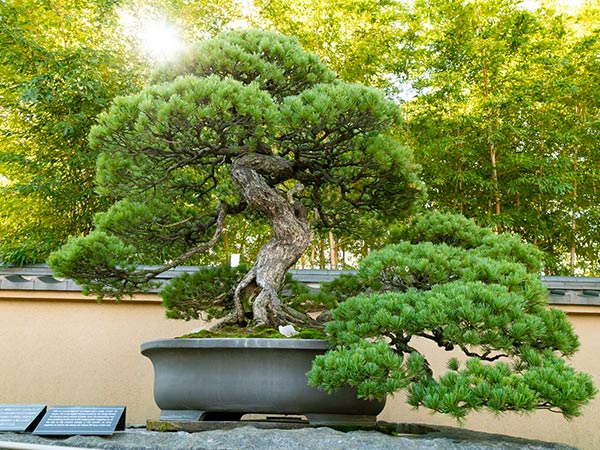
Marvel at traditional bonsai trees.


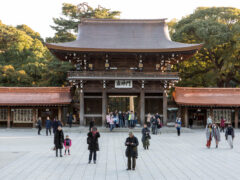
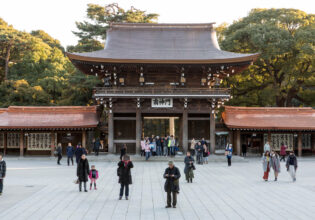
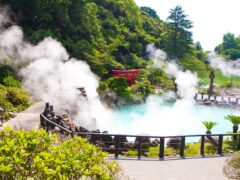


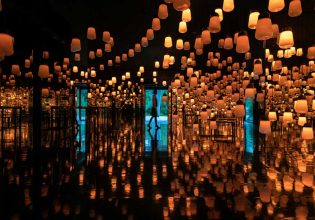
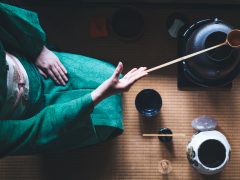


the most elegant and beautiful aesthetic in the world.
Authentic, Talented, Original and Beautiful
Ancient culture is so amazing and Japan has sacredly maintained this.